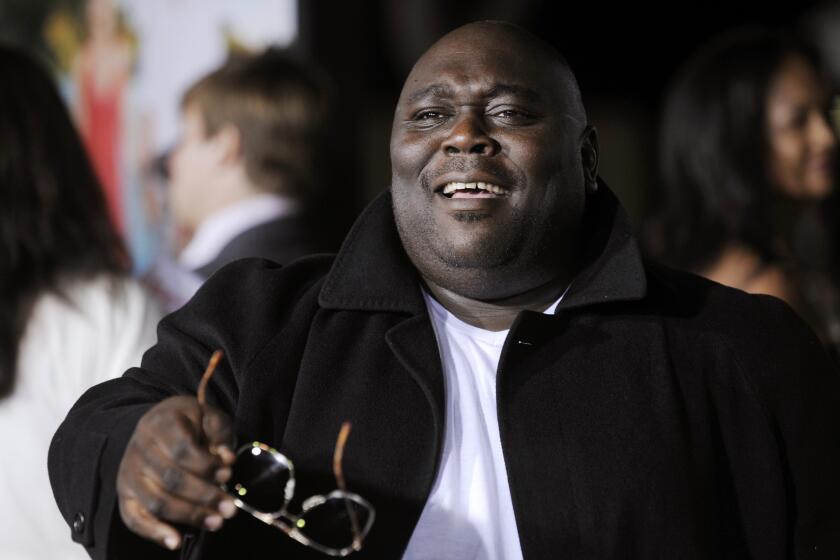PERMANENT PROMOTER OF MOZART
- Share via
For the third installment in his season-long concert series, “Amadeus: The Mozart Project,” pianist Michael Cave turns this week to a sunny period in the composer’s life.
Titled “Mozart in Vienna: Genius Recognized,” the program that Cave, with violinist Diana Steiner, gives tonight and Saturday at Loyola Marymount University focuses on works written by Mozart in the Austrian capital in the 1780s, the period of his greatest artistic and financial success, and works produced earlier, in Paris, but used extensively by the composer-performer in his Viennese years.
The major work, the Sonata in B-flat for violin and piano, K. 454, was written, Cave said recently, for performance by the violinist from Mantua, Regina Strinasacchi, and the composer himself, in 1784.
The other large work on this program--to be performed tonight and Saturday night at 8--is the Rondo in A minor, K. 511, which Cave described as “actually quite a late work, from 1787 in fact, and the weightiest piece here. We seldom get to hear it in public, though it is one of Mozart’s most serious pieces, a work of great dimension.”
Begun in October, this Mozart series in the year-old, 300-seat Murphy Recital Hall at Loyola Marymount in Westchester concludes with an orchestral concert, to be performed twice (as are all the programs on the series), Feb. 21 and 22. The Friday-Saturday concerts offer Mozart on a modern Steinway the first night, then on an authentic fortepiano on Saturdays.
Making Loyola Marymount into a Mozart center, the 41-year-old LMU faculty member and composer said, is an ongoing preoccupation.
With the assistance of the 25-member LMU Chamber Orchestra, conducted by Bogidar Avramov, Cave will play two Mozart concertos at the February events: the one in B-flat, K. 238, and the so-called “Coronation” Concerto, K. 537, in the 10-year-old Michael Cave edition.
“For years, I had misgivings about the ‘Coronation’ Concerto. The piece was disappointing. It always seemed like second-rate Mozart, the work of a hack,” Cave admitted.
“Then, I found out why. The composer’s manuscript, the only record we have of what he actually wrote--since the concerto was not published until five years after his death--is just a skeleton of the work. Everything else, including the orchestration, is the doing of a second party.
“From the experience of knowing, studying and playing all 21 of the composer’s original solo-piano concertos--there are only 21, not 28, as we have all heard for centuries--I have reconstructed, in Mozart’s style, what I believe is a fair version of the work.”
The program for tonight and Saturday night lists, in addition to the B-flat Sonata and the Rondo in A minor, the Piano Sonata in F, K. 332; the Violin Sonata in E minor, K. 304; the Variations for violin and piano on “La Bergere Celimene” and the Piano Variations, K. 398, on “Salve tu, Domine,” from Paisiello’s “I Filosofi Imaginarii.”
More to Read
The biggest entertainment stories
Get our big stories about Hollywood, film, television, music, arts, culture and more right in your inbox as soon as they publish.
You may occasionally receive promotional content from the Los Angeles Times.










